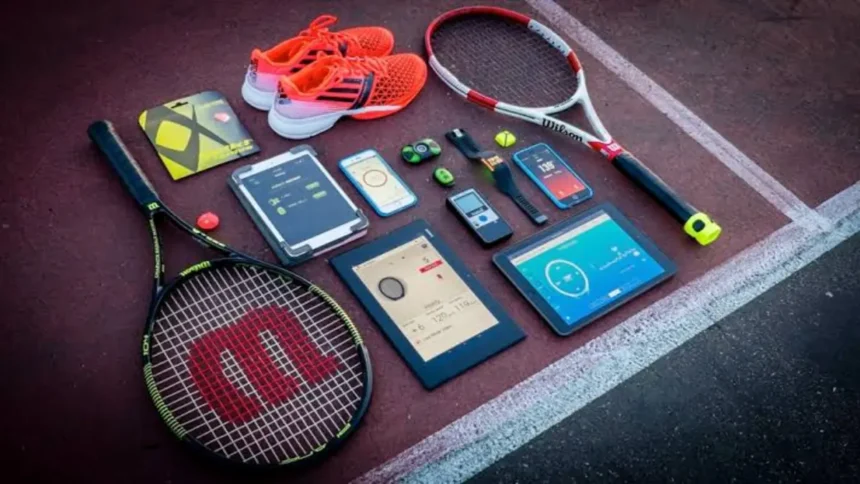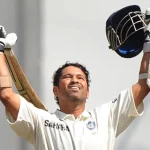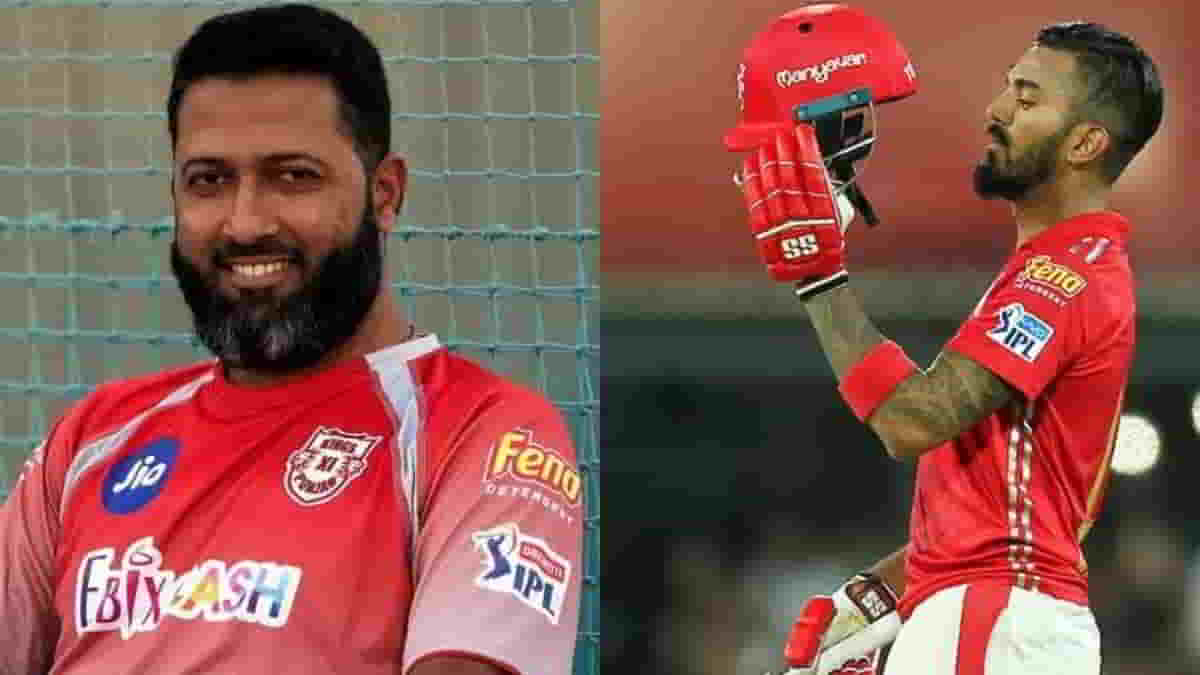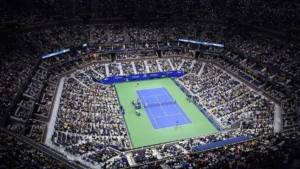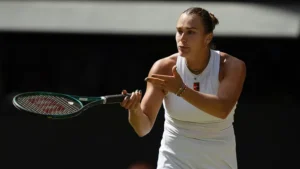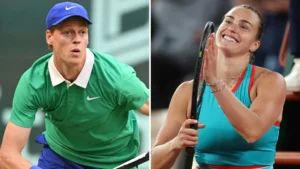Over the past few decades, path-breaking and revolutionary technological advancements have undoubtedly transformed the sport of tennis to a formidable extent. From ensuring player safety and enhancing their performance to effortlessly officiating matches with top-notch precision, technology has most definitely proved to be an ultimate boon in the tennis arena on a global level.
Over the years, technology has completely changed and transformed tennis across multiple dimensions and has entirely altered the way in which the game of tennis was once played, officiated as well as experienced by tennis aficionados from all over the world. Additionally, amateur to the most seasoned tennis players are actively using virtual reality (VR) simulations and biofeedback tools, including VR and other neurofeedback tools for intense mental training to beat the odds with unwavering courage.
In the article we will take a look at the top three most shocking facts about the tennis equipment and technology that is currently being used at a global level.
Top 3 Unbelievable Facts About Tennis Equipment and Technology
Modern Tennis Racquets With Sensors
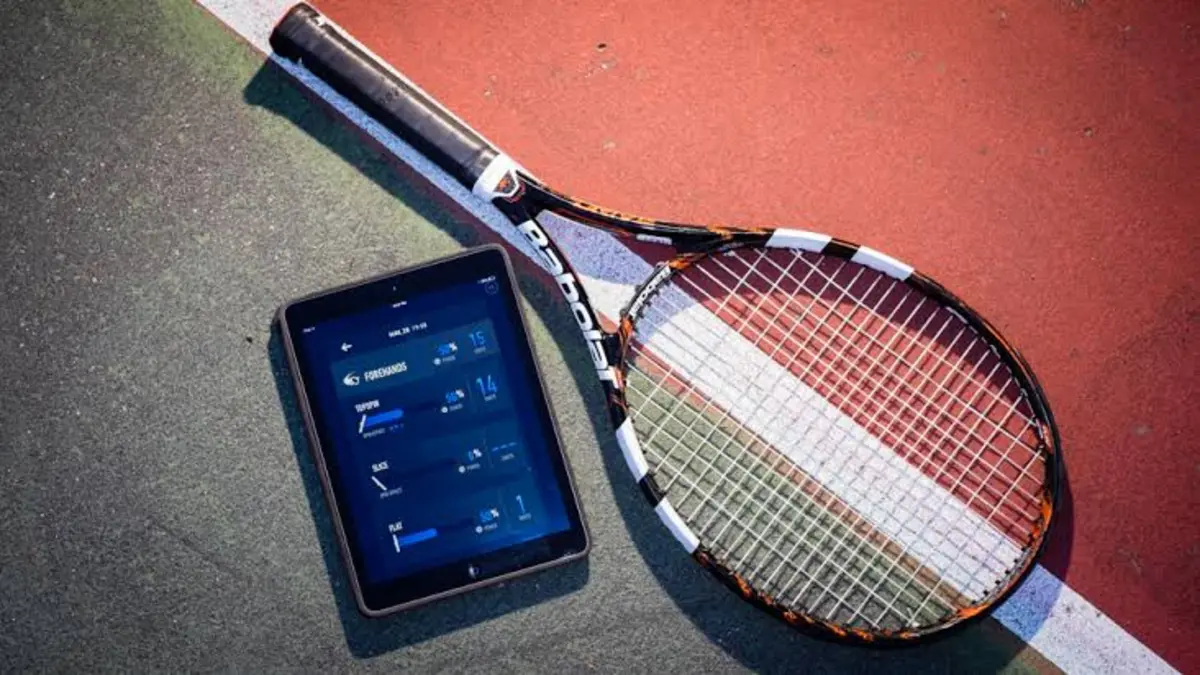
Well, over the past few decades, tennis racquets have undergone a significant transformation and are currently looked upon as much more than mere equipment used by top-notch players to play the game. Numerous tennis racquets, including Babolat Play Pure Drive, offer cutting-edge technology of sensors and tracking tools that actively detect the shot types, RPM (revolutions per minute) rate and the major impact location-strings—center, top edge, or off-center.
All the data recorded during the matches and practice sessions is automatically shared on the selected device via Bluetooth, which allows the players and coaches to fully analyse the patterns and make date-driven improvements to strengthen the players’ performance on the tennis court against opponents. Over the years, numerous prominent tennis players, including Rafael Nadal, Caroline Wozniacki, Jo-Wilfried Tsonga and many others, have been spotted using Babolat Play Pure Drive racquets.
Advanced Court-Specific Shoes
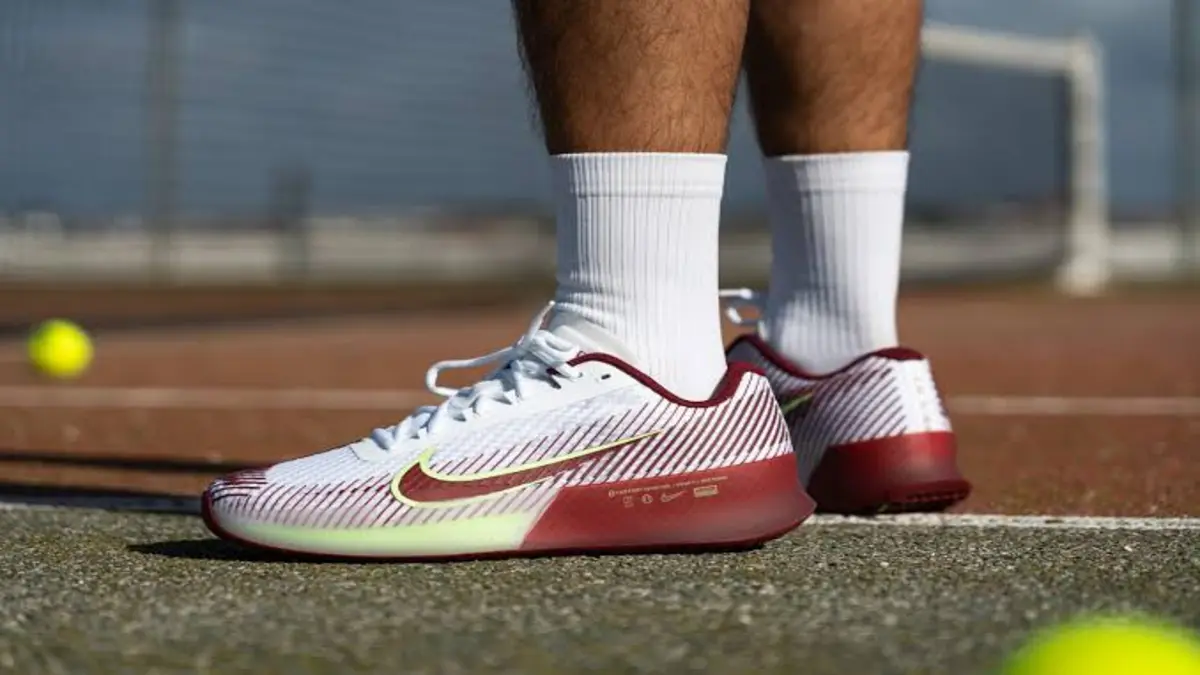
Unlike traditional tennis shoes, modern-day tennis shoes are far more advanced and are manufactured with top-notch precision to match specific court surfaces. Tennis shoes are currently designed to optimize a player’s performance and protect their body across different court surfaces, including clay (French Open), grass (Wimbledon) and hard courts (Australian Open, U.S. Open). The majority of tennis players rely on maximum cushioning to reduce stress on knees and ankles on hard courts and prioritise responsiveness and lateral stability for quick directional changes on clay and grass courts.
Over the years, numerous prominent tennis players, including Rafael Nadal and Roger Federer, have been spotted wearing their court-specific and highly advanced tennis shoes in their most crucial tennis tournaments. With active input from biomechanics experts, engineers, and the seasoned tennis players themselves, modern shoe manufacturers now adapt technologies that help the players with levelling up their game against the odds of weather and surfaces. An anecdote of the top five tennis players and their court-specific shoes that they actively wear in prestigious tournaments is provided below:
| S.No | Player | Shoes |
| 1 | Roger Federer | Nike Air Zoom Vapor series |
| 2 | Rafael Nadal | Nike Zoom Cage series |
| 3 | Novak Djokovic | Asics Court FF series |
| 4 | Serena Williams | Nike Flare |
| 5 | Iga Świątek | On The Roger Pro |
Smart Wearables Transforming Tennis
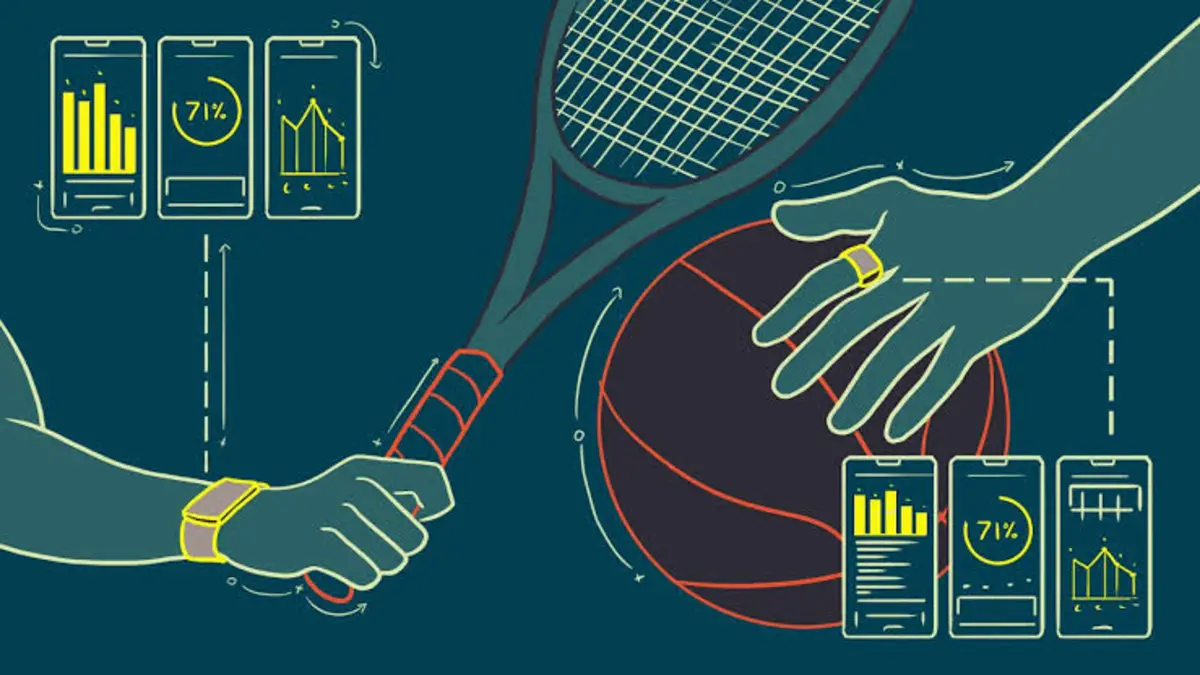
From biometric monitoring to real-time analytics, smart wearables are playing a major role in optimizing players’ performance and preventing serious injuries to a large extent. A majority of prominent tennis players actively wear smart wearables, including the Sony Smart Tennis Sensor, Zepp Tennis Sensor, and PIQ Babolat in order to track their vitals and accurately monitor the stroke count and consistency throughout practice sessions.
Additionally, devices like Catapult Sports trackers also make it possible for tennis players to precisely monitor over-exertion and suggest recovery timelines. Moreover, smart wearables like Whoop bands and Oura rings accurately track rest, heart rate variability (HRV), and stress, allowing players to carefully optimize their recovery routines. An anecdote of the top three tennis players and the smart wearables that they actively wear in prestigious tournaments is provided below:
| S.No | Player | Smart Wearable Type |
| 1 | Novak Djokovic | Asics & Tacx Oura Ring |
| 2 | Serena Williams | Nike FuelBand |
| 3 | Andy Murray | Under Armour’s GPS Trackers and sleep monitors |


